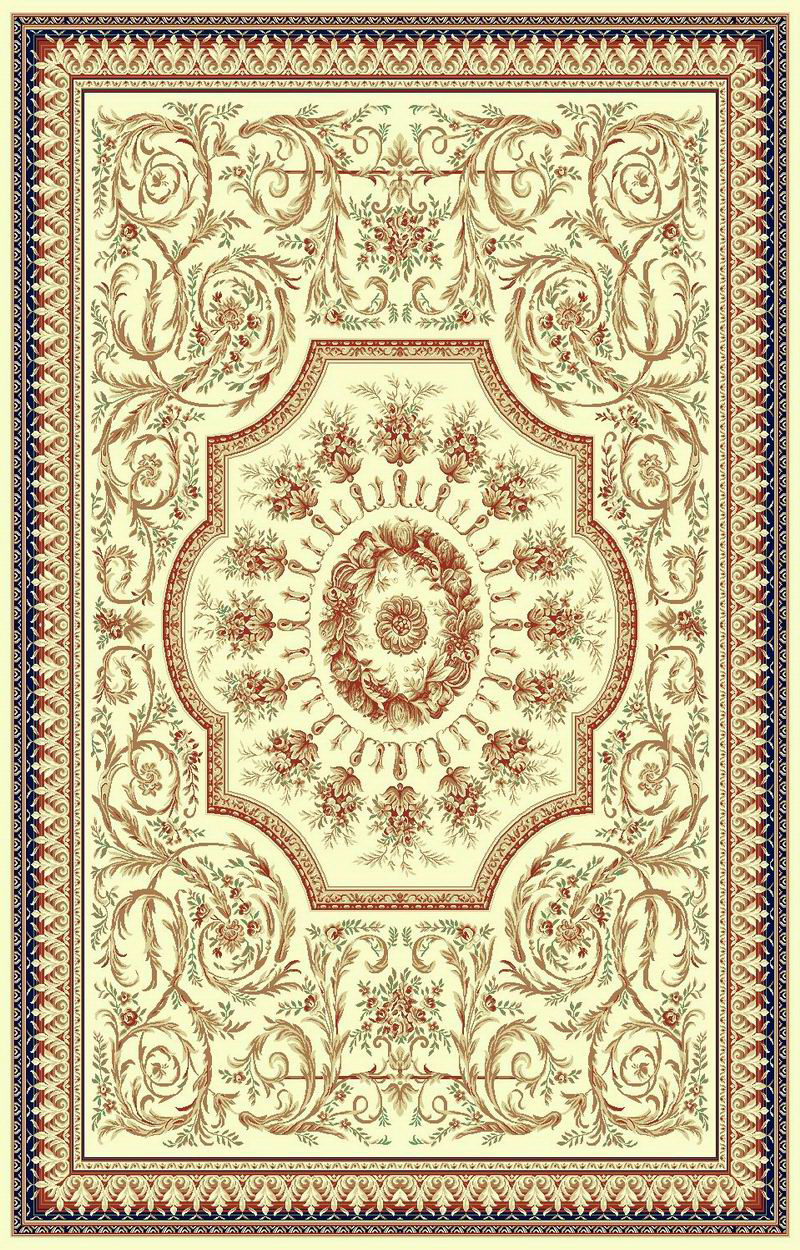
This image has format transparent PNG with resolution 800x1250.
You can download this image in best resolution from this page and use it for design and web design.
Carpet PNG with transparent background you can download for free, just click on download button.
A carpet is a textile floor covering typically consisting of an upper layer of pile attached to a backing. The pile was traditionally made from wool, but, since the 20th century, synthetic fibers such as polypropylene, nylon or polyester are often used, as these fibers are less expensive than wool. The pile usually consists of twisted tufts which are typically heat-treated to maintain their structure. The term "carpet" is often used interchangeably with the term "rug", although the term "carpet" can be applied to a floor covering that covers an entire house, whereas a "rug" is generally no bigger than a single room, and traditionally does not even span from one wall to another, and is typically not even attached as part of the floor.
Carpets are used for a variety of purposes, including insulating a person's feet from a cold tile or concrete floor, making a room more comfortable as a place to sit on the floor (e.g., when playing with children or as a prayer rug), reducing sound from walking (particularly in apartment buildings) and adding decoration or colour to a room. Carpets can be made in any colour by using differently dyed fibers. Carpets can have many different types of patterns and motifs used to decorate the surface. In the 2000s, carpets are used in industrial and commercial establishments such as retail stores and hotels and in private homes. In the 2010s, a huge range of carpets and rugs are available at many price and quality levels, ranging from inexpensive, synthetic carpets that are mass-produced in factories and used in commercial buildings to costly hand-knotted wool rugs which are used in private homes of wealthy families.
Carpets can be produced on a loom quite similar to woven fabric, made using needle felts, knotted by hand (in oriental rugs), made with their pile injected into a backing material (called tufting), flatwoven, made by hooking wool or cotton through the meshes of a sturdy fabric or embroidered. Carpet is commonly made in widths of 12 feet (3.7 m) and 15 feet (4.6 m) in the USA, 4 m and 5 m in Europe. Since the 20th century, where necessary for wall-to-wall carpet, different widths of carpet can be seamed together with a seaming iron and seam tape (formerly it was sewn together) and fixed to a floor over a cushioned underlay (pad) using nails, tack strips (known in the UK as gripper rods), adhesives, or occasionally decorative metal stair rods. Wall-to-wall carpet is distinguished from rugs or mats, which are loose-laid floor coverings, as wall-to-wall carpet is fixed to the floor and covers a much larger area.
Child labour has often been used in Asia for hand knotting rugs. The GoodWeave labelling scheme used throughout Europe and North America assures that child labour has not been used: importers pay for the labels, and the revenue collected is used to monitor centres of production and educate previously exploited children
In this page you can download free PNG images: Carpet PNG, rug PNG images free download